For many of us, mobility isn’t a process. We go into the gym, and start our movements, roll with a foam roller, get to working out, and when it’s time for the next workout, we do it all over again.
If we did the same strength workout every session and our strength never budged, we’d be furious. But many of us perform the same mobilizations for each workout and find ourselves starting with the same range of motion every time. There’s no progressive improvement.
Dr. Andreo Spina wants to change the way you think about mobility. He’s the creator of the Functional Range Conditioning (FRC) certification, a mobility and movement capacity system that’s used by trainers and manual therapists worldwide, and Kinstretch, which applies its principles in classes that regular athletes can attend in groups. Basically, it’s a regular workout for your mobility and body control that’s designed to improve your starting point every week.
BarBend sat down with Dr. Spina to learn a little more.

So, what’s the deal with Kinstretch?
It’s a movement enhancement system that’s looking to develop maximum body control, flexibility, and usable ranges of motion.
There are a lot of people who are running “mobility classes” or even things like yoga where the user is after more body control. But there are downfalls to regular approaches like that.
For example, if you take a hockey player, they tend to be very stiff, so their coaches will often send them to yoga to make them move more dynamically. It’s not that yoga’s not great, but it’s not specific enough to achieve the result that people desire. It’s largely a pursuit of passive flexibility, and basic human physiology states that you cannot achieve active results with passive training. The intensity is so low that a true strengthening effect isn’t being attained, since strength requires muscular efforts nearing eighty percent of a person’s maximum voluntary contraction. The body may learn to be more “bendable,” but the nervous system is never taught to maximally activate the muscles in the extended ranges, which is required for a sport like hockey.
[Read More: Best Leg Exercises for Your Next Leg Day]
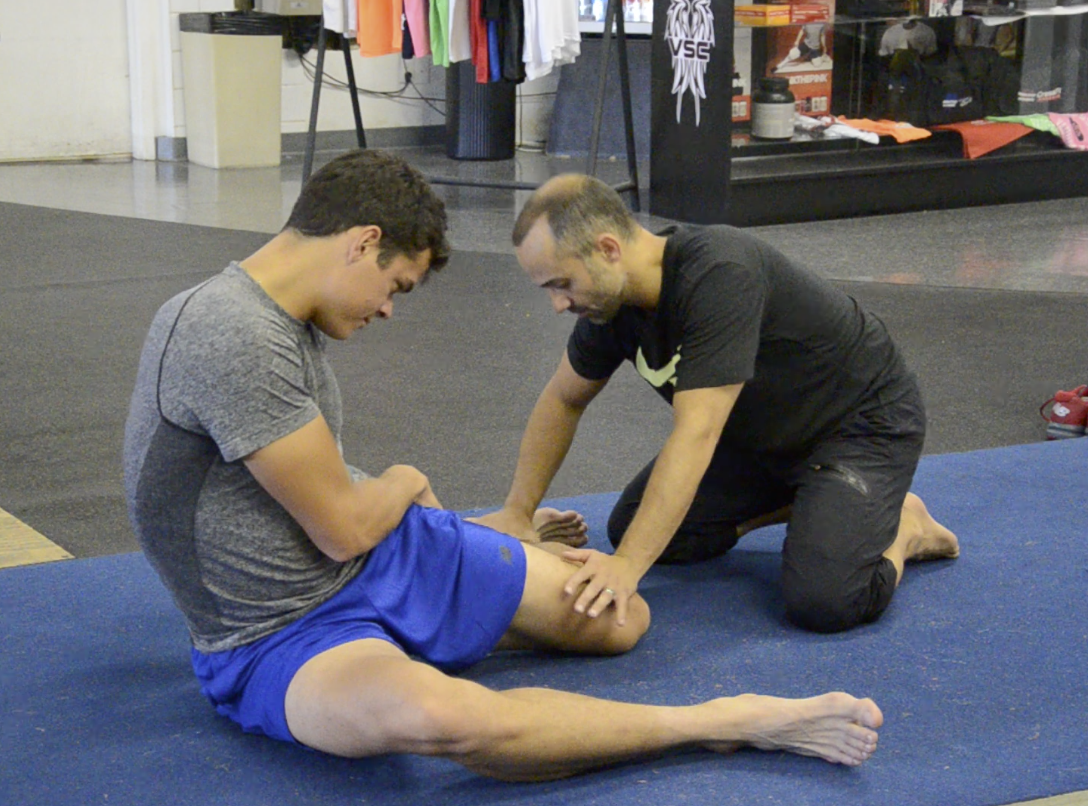
What do you mean by that, how is that different?
Most people don’t define the difference between usable and unusable. They have this idea that when you’re flexible, or bendable, your nervous system will automatically be able to use that flexibility when it produces movement. What the neurology tells us is that that’s not exactly true; unless you train the body to access your flexibility, it’ll never be able to use it in movement production.
Take that hockey player who wants to play more dynamically, to display more motion or more range of motion. What he needs is to get to these ranges of motion and maximally create neurological control of them.
If someone’s going to skate past you and you want to reach back and grab onto them, and you’ve only trained to hold very low intensity postures like in a yoga class, that doesn’t translate into the ability for you to be able to maintain a high amount of neurological output in order to generate a lot of force in those ranges of motion. It’s just not specific for the outcome you require, and that’s a very fundamental physiological law: you have to train for the outcome you desire.
So, Kinstretch does exactly that. It’s increasing the capacity to move by expanding one’s physical ability or flexibility, and then teaching the nervous system how to control those ranges of motion. That makes your muscles more usable in a broader spectrum of contractions and demands, and makes it safer –when you’re in these ranges of motion, the body is able to defend itself.
[Read More: The Best Shoulder Exercises and Workouts for Bigger, Stronger Shoulders]
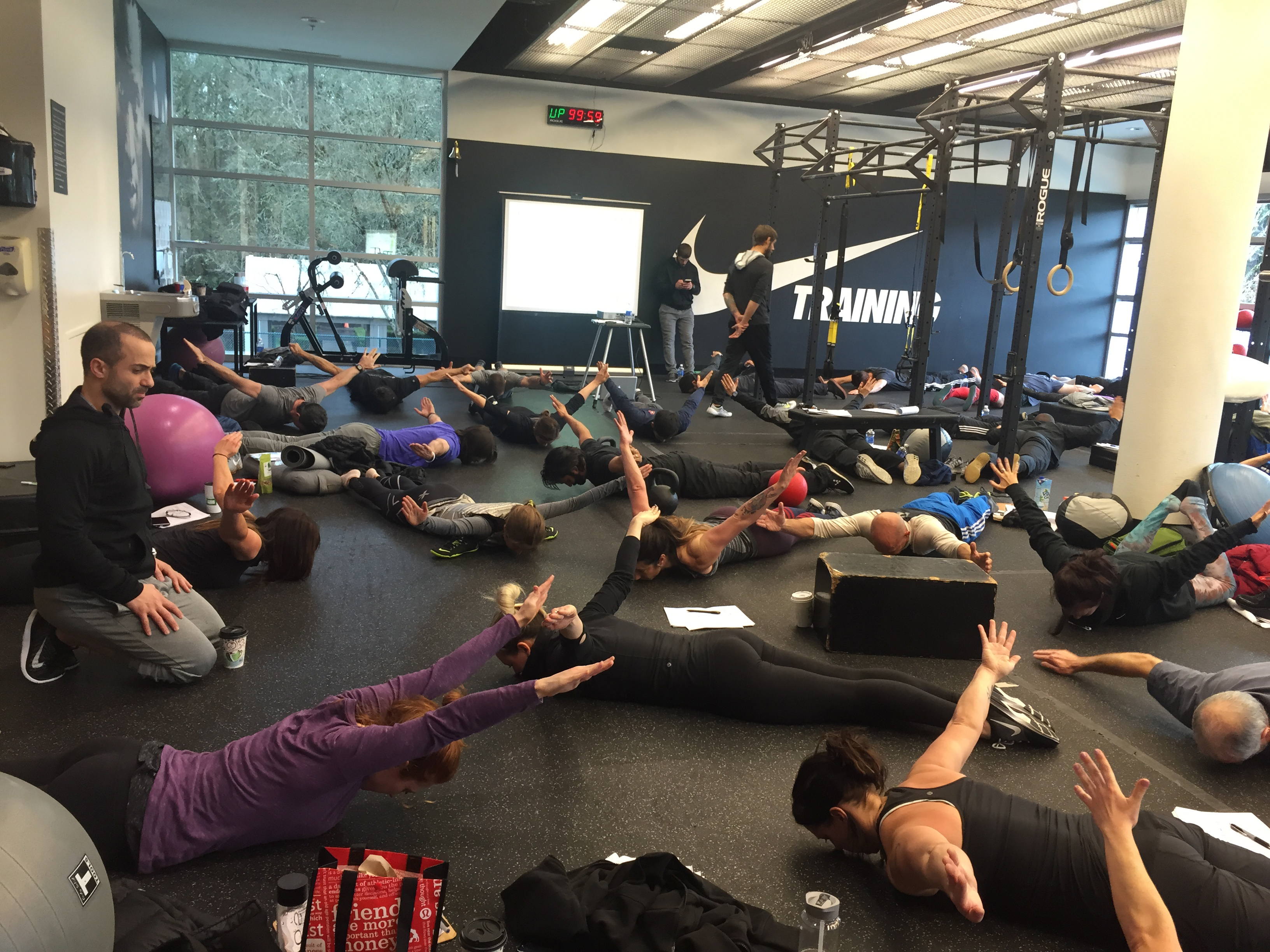
So, let’s say there’s a CrossFit® athlete who wants to get better at the snatch, what would Kinstretch training look like?
Every body is different and has been exposed to different stressors. As such, the reasons why I would tell someone they are not capable of snatching are numerous, and vary person to person. Generally however, for the specific example of the snatch movement, there are three primary prerequisites for which a Kinstretch instructor would assign certain exercises.
First is the ankle. Unlike with a low-bar back squat, the knees must travel anterior to the toes for a healthy snatch. I would want to see the ability for the knee to travel anterior to the toes, with the heel on the ground, a distance that is equal to or close to the individuals foot length. Failure to dorsiflex at the ankle will shift the pelvis posteriorly, making the hip flexion angle more acute and leading to anterior hip impingement symptoms.
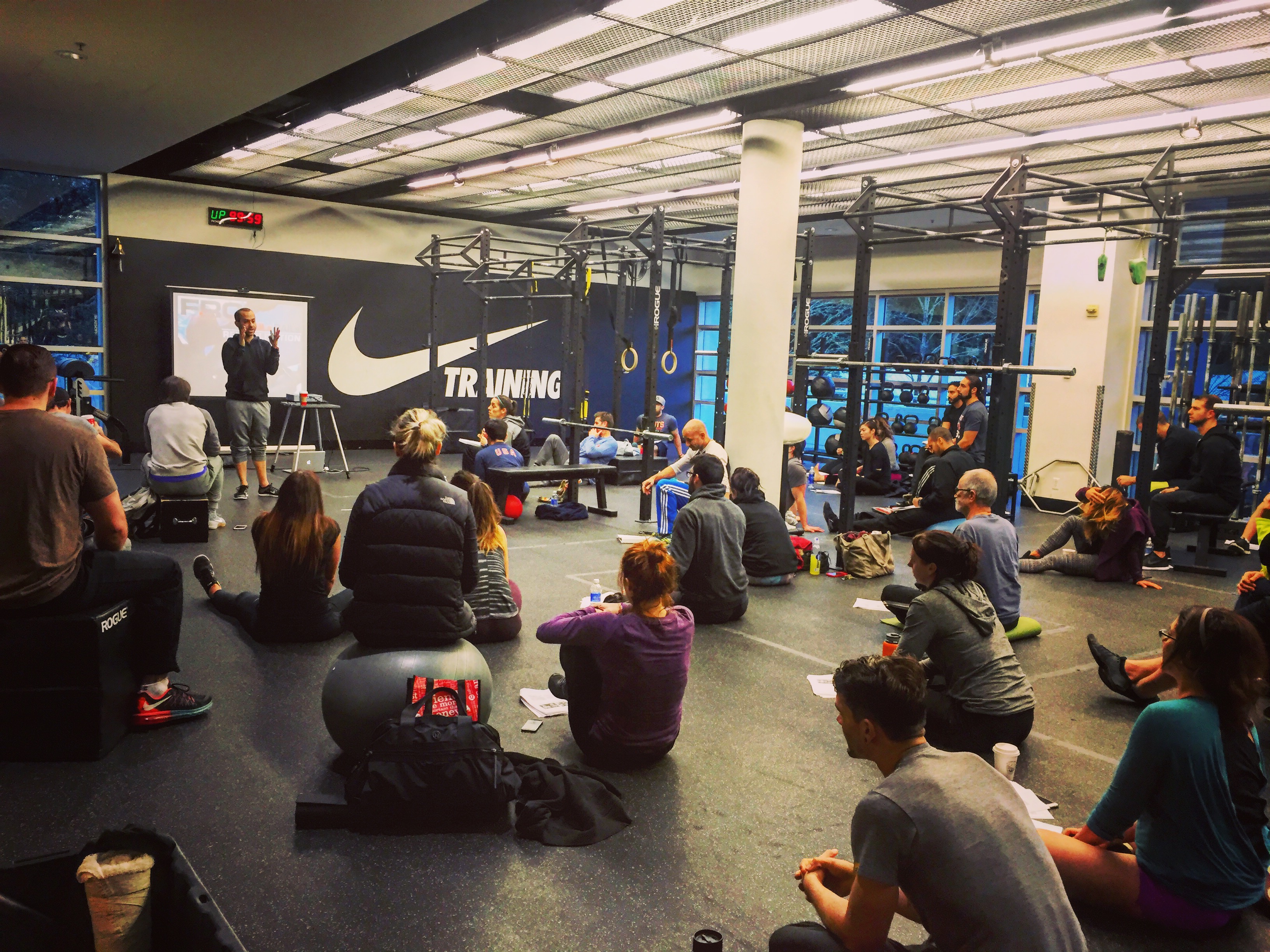
Second, the shoulder. Obviously, the individual must be able to flex their shoulders such that the arms can press over the head. This, however, must come from the shoulder joints themselves. In many, many people, shoulder flexion is limited and often compensated for by extending the spine. This will direct the forces into the spinal segments that extend, often leading to back pain or injury.
Third, spinal movement. For proper spinal motion, each segment of the spine has to contribute a small amount of motion to the overall movement. In so doing, any loads being placed on the spine will be distributed across it evenly. If a person lacks segmentation ability in one or several areas of the spine, then the load will be placed solely on the segments that do move, which can result in spinal injury if they’re overloaded. So, proper spinal segmentation and control are vital for proper form, improved performance, and avoiding injuries.
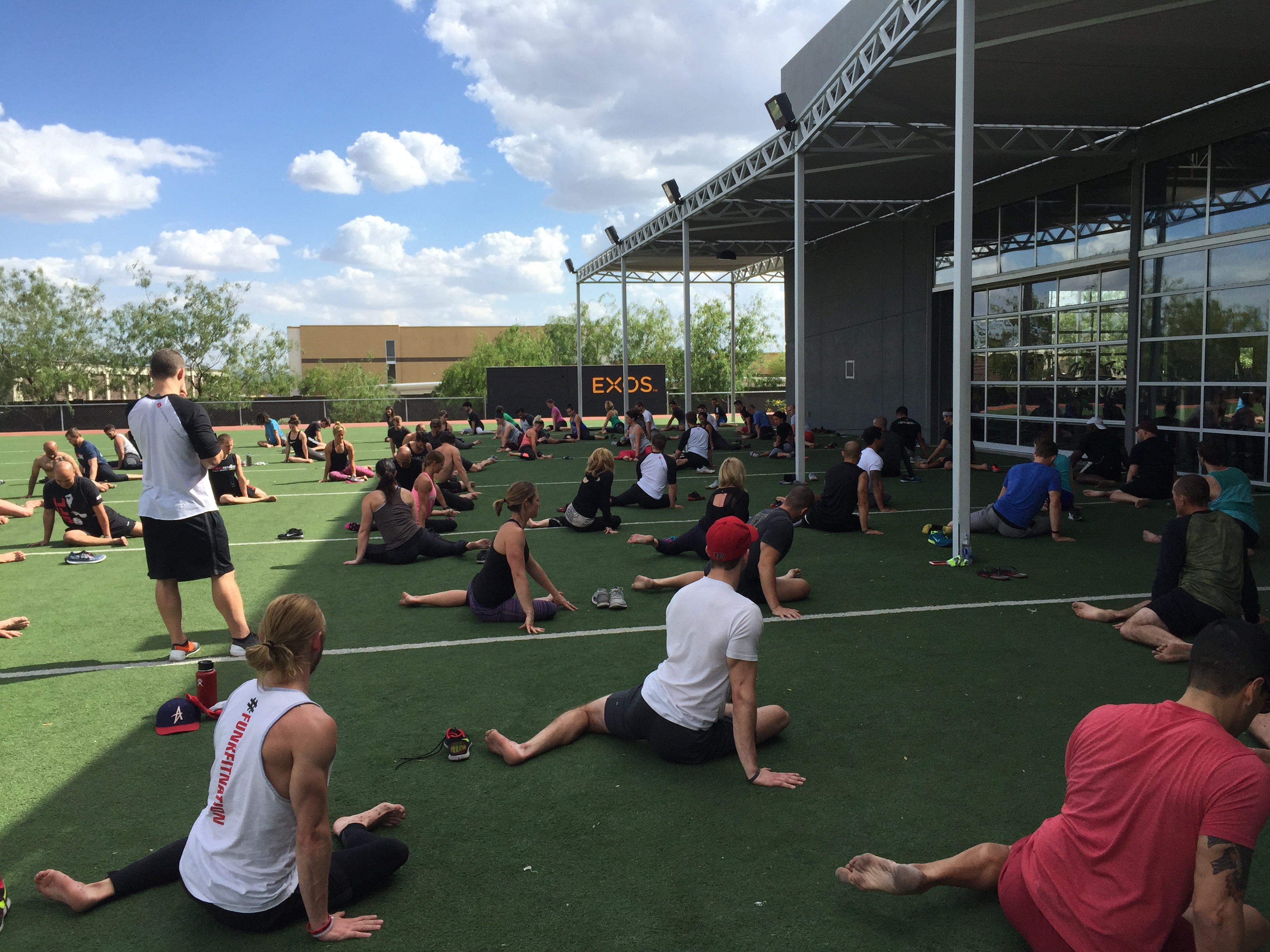
But what about the neuromuscular side you mentioned?
The neuromuscular side doesn’t require training if the stuff it’s moving functions properly.
By training the body on a regular basis, moving joints through their full range of motion, challenging joints to expand range of motion, ensuring joint health, monitoring joint health, promoting joint health, what these things do is it prepares your stuff: your muscles, your ligaments, your capsules. That tells your brain where you are in space. And when your brain has a more accurate picture of where you are in space and what you’re capable of, it can then organize its movements better.
The order of what you stretch or train is very important. We’re looking to first maximize the ability for the joint capsule to function. It’s the deepest tissue in any joint; if your joint capsule doesn’t function, training your superficial muscles is almost a waste of time. When you move, your brain receives messages from your joint capsule first. So the first bit of information to go to the brain is from your joint capsule.
The way to access the joint capsule differs depending on the joint we are discussing. For the hips and shoulders, it entails creating what is known as ‘axial rotation’ in the joint, when the joint rotates along the axis of the bone. An example of a drill for the hip capsule is the 90/90.
Another thing we’ll work on is increasing ranges of motion. But as I said, you need to be able to train the nervous system to utilize those ranges of motion so you’re not just passively stretching.
So we’ll emphasize a combination of stretching with isometrics. It prepares a tissue to function in that newly acquired range. That might mean contracting the tissue we’re stretching, and contracting the shortening tissue on the opposite side of the joint.
[Read More: The Best Glutes Exercises and Workouts]
What are some of the biggest mobility mistakes you see people make?
People don’t train for specific results. If I take a foam roller and start smashing my body along the foam roller, that’s not working your mobility, your mobility is really your ability to control your body, which is an active process where you have to teach the nervous system how to actively control.
When you’re passively rolling on a foam roller, that is not going to translate into an active ability to control your body. People are mobilizing themselves by foam rolling and doing ballistic stretching, but they’re not working on their mobility, and there’s a huge difference.
Mobility is just like the other tenets of athleticism: power, strength, speed. It requires its own objective measures so you can continually and progressively adapt your mobility.
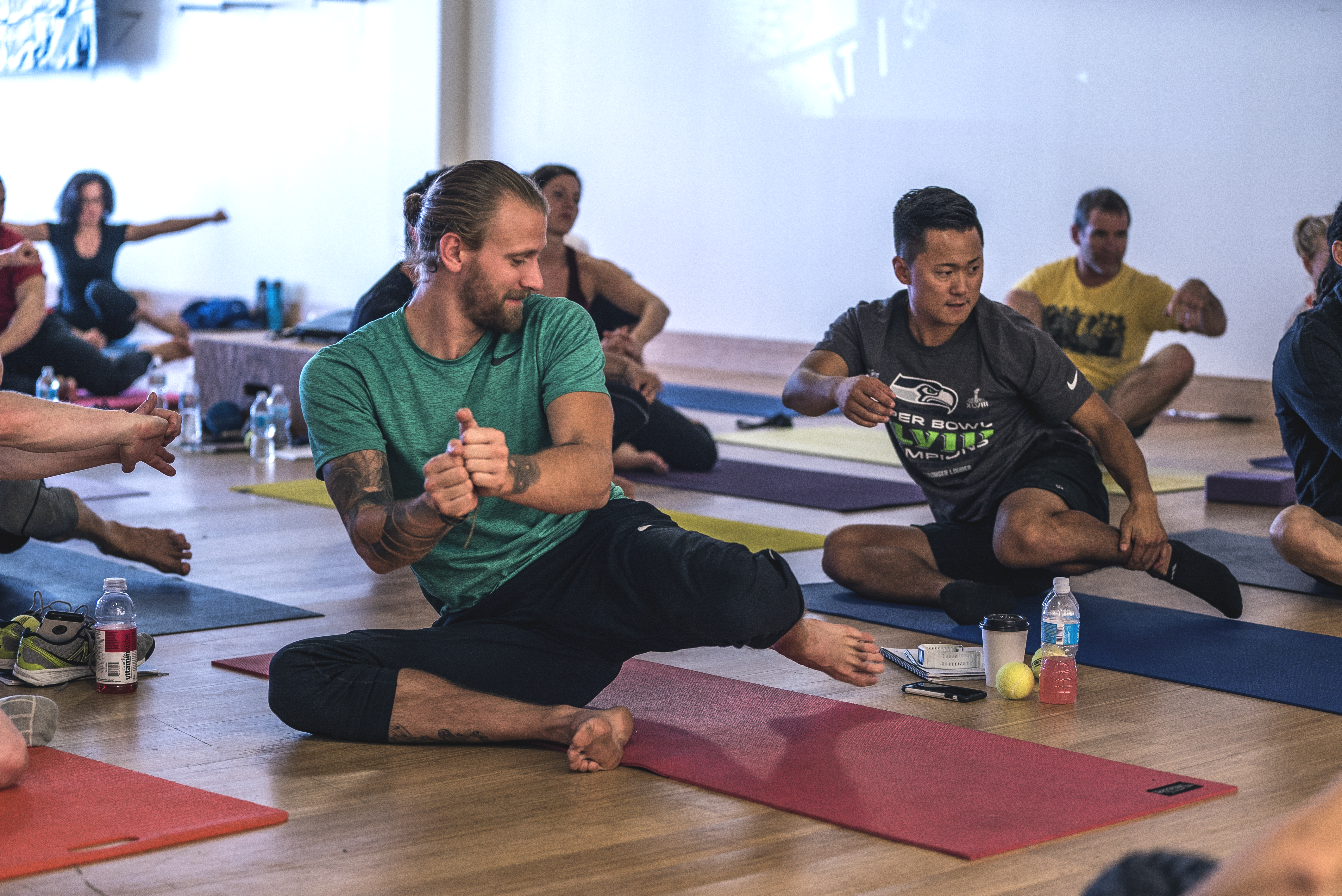
So your mid back isn’t mobile and you roll on a foam roller. Well, what size foam roller did you use compared to last time? How many reps of the foam roller did you do? What quality are you progressing in order to make adaptations?
People think of mobility as somehow less important, like it can just be thrown into your warmup. What we’re saying is that mobility is not only equal to all other tenets of athleticism, it’s actually more important because your mobility gives you the guideline as to your prerequisites: what are you capable of doing?
If you want to improve your mobility, you have to objectively be able to measure what is your training and how are you progressing your training.
[Read More: Best Lower Back Exercises for Strength and Reduced Pain]
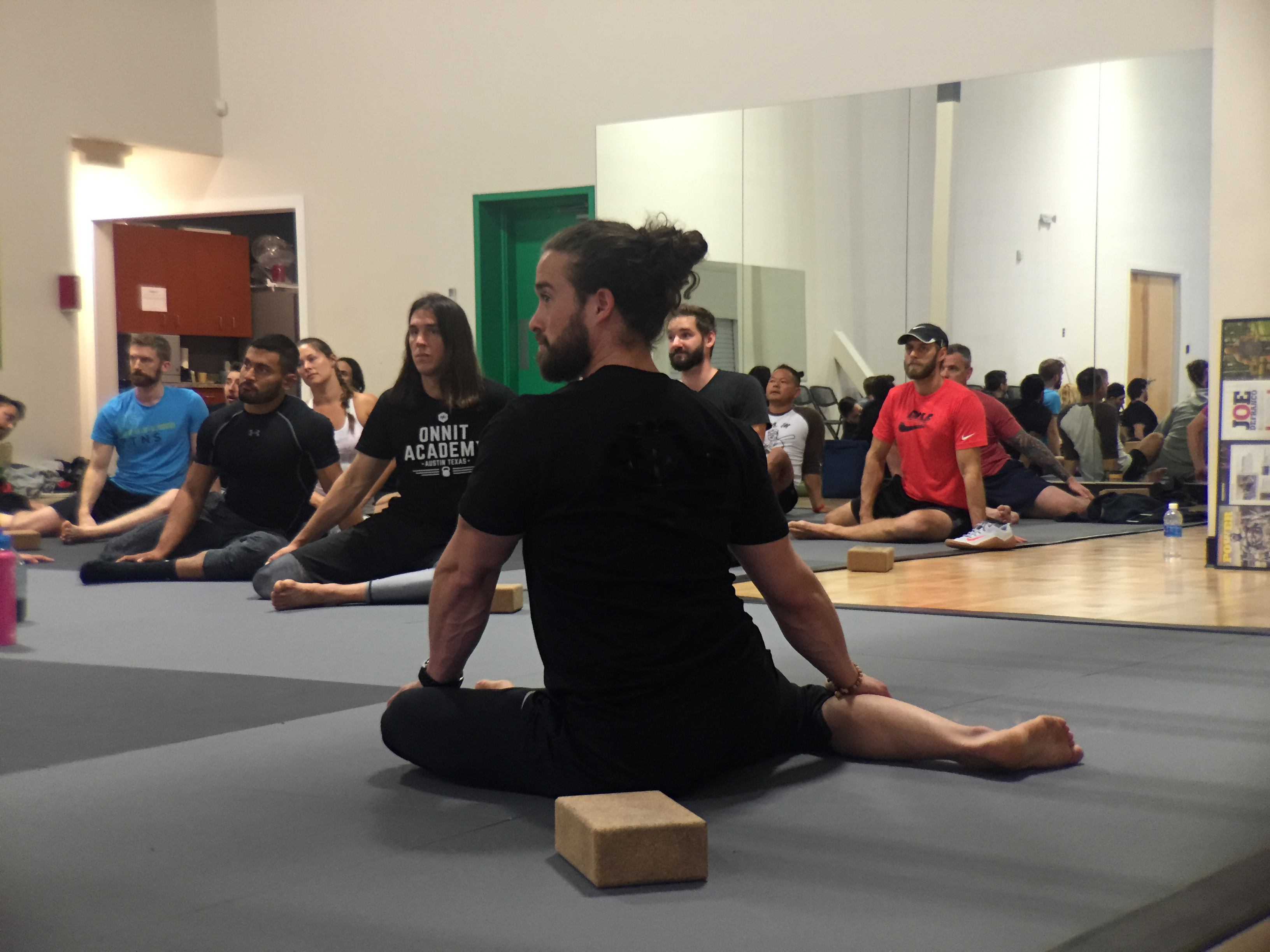
Yeah, people often ask why they’re always at the same starting point every workout with their mobility.
Right! It’s like the guy with the tight calves. When you see him five years later, what’s he going to say?
“My calves are tight.”
Right. If you want to get stronger, you have to progressively lift more weight. If you want to get more powerful you have to get progressively faster. There are always parameters. With mobility there’s no mention of progressive adaptation, there’s no mention of how are you making the body adapt. It’s just a lot of the easy 5 or 10 minutes you do before the really important workout.
What we’re saying is mobility is even more important than what you’re about to do in your workout, because if the mobility is not there, the workout becomes damaging and dangerous.
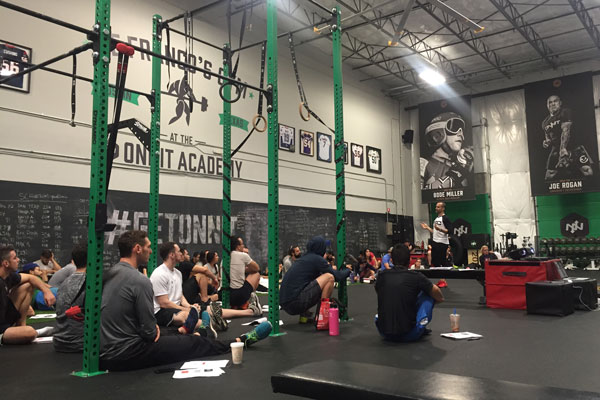
So if you’re lifting for three hours a week, you should do as much if not more mobility work?
Of course. If you want to increase your mobility, it should really start when you wake up and end just before you go to bed. That’s the idea of mobilizing the body. It’s not something you can accomplish in five minutes before you lift.
I’m not saying to take time away from lifting, there are ways to integrate mobility into your training program.
So let’s say you’re a powerlifter you’re lifting three times a week. You might throw a Kinstretch class in twice a week. But during, say, your bench press day, you should be adding in hip mobility work too. It’s just another exercise you have to work on. And of course all of the movement you’re doing promotes joint health.
No one will argue that healthy joints make difficult movements easier. That’s just never going to be argued in science, right? So the more you maintain the health of your joints, the better off you’re going to be in the long term in terms of injury prevention, in terms of performance enhancement, in terms of any other parameter you’re measuring.
So how would you find a Kinstretch class?
They would go to Kinstretch.com and click on Find a Provider and look for a class in their area. If they’re a trainer, and they want to learn the details and specifics behind it, that’s where they should look at certifications.
Cool. Thanks for you time, Dr. Spina!
This interview has been edited for space and clarity.
Images courtesy of Dr. Andreo Spina.